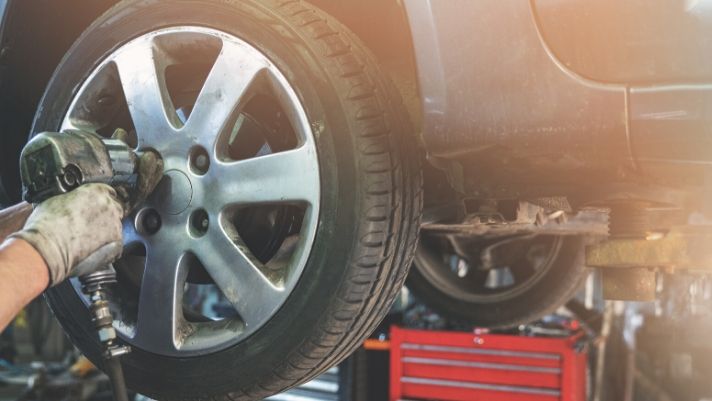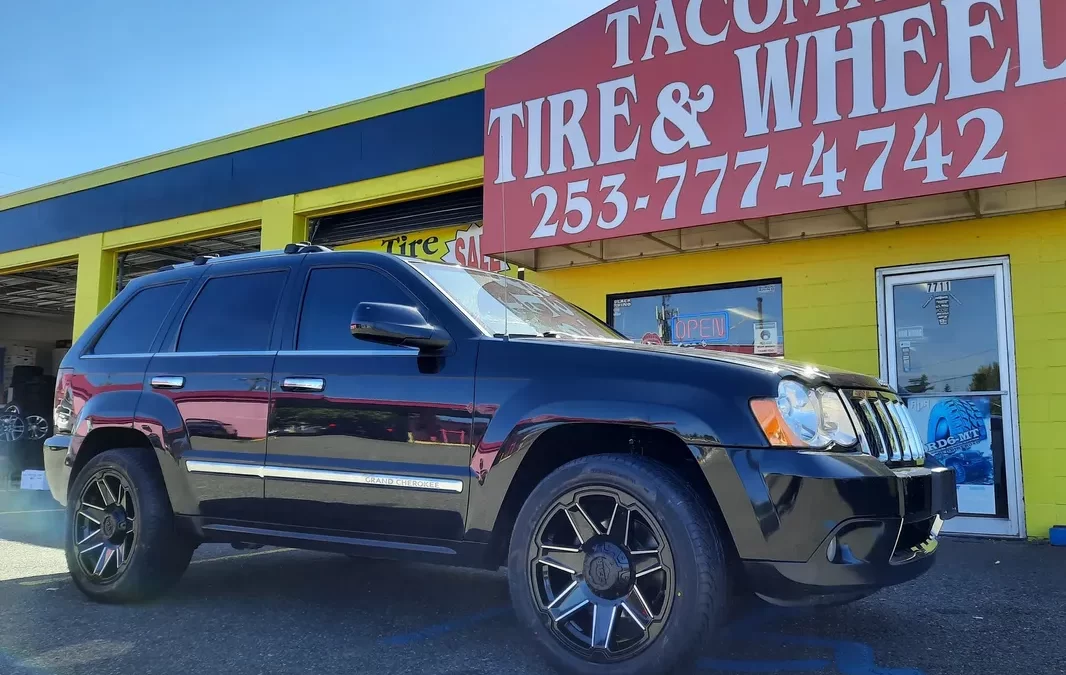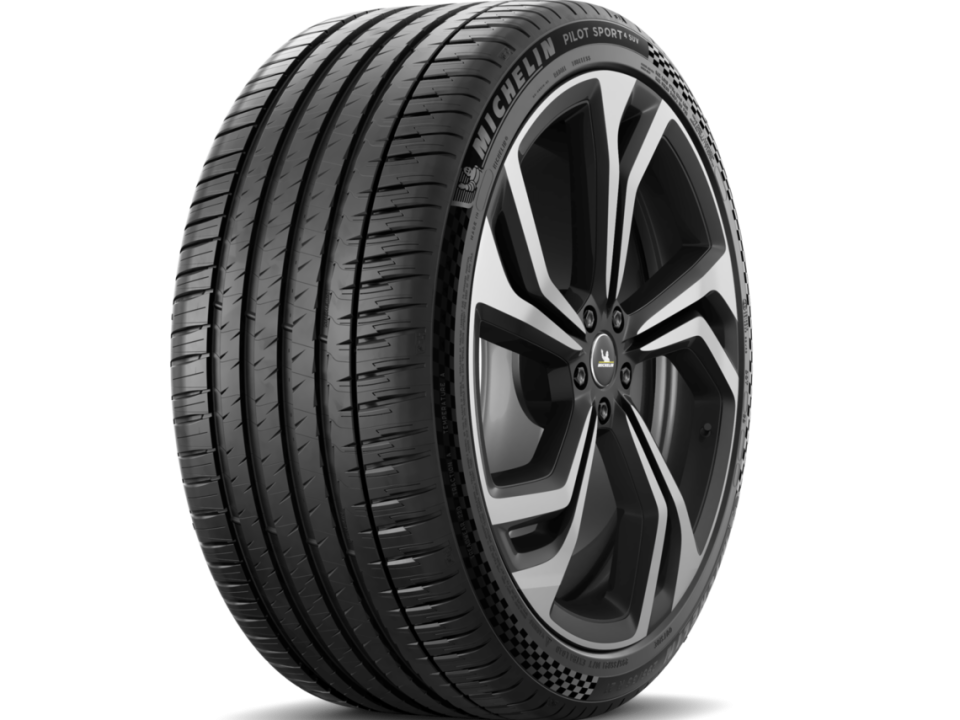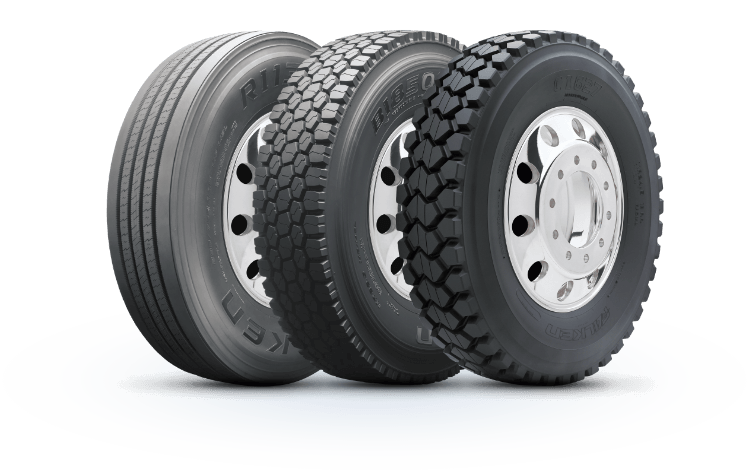
Wheel Alignment: Maximizing Vehicle Performance and Longevity
December 13, 2023Tire maintenance is a critical aspect of vehicle care that directly impacts safety, performance, and longevity. Implementing proper maintenance practices not only extends the lifespan of tires but also enhances fuel efficiency and ensures a smoother, safer driving experience.
The Significance of Tire Maintenance
Tires serve as the primary point of contact between the vehicle and the road, making their condition vital for safety and performance. Neglecting tire maintenance can lead to uneven wear, reduced traction, compromised handling, and increased risk of accidents. Routine maintenance, therefore, becomes imperative for optimal tire health and overall vehicle safety.
Inflation: The Foundation of Tire Health
Maintaining the correct tire pressure is fundamental. Under-inflated tires decrease fuel efficiency, wear out quicker, and impact handling. On the other hand, over-inflated tires reduce traction and may lead to a harsher ride. Regularly checking and maintaining the recommended tire pressure levels, as specified by the vehicle manufacturer, is crucial for optimal performance and safety.
Tire Rotation: Promoting Even Wear
Uneven tire wear is common due to variations in weight distribution and steering mechanisms. Rotating tires at regular intervals promotes even wear across all tires. Typically, rotating tires every 5,000 to 8,000 miles helps distribute the wear evenly, extending tire life and ensuring balanced performance.
Wheel Alignment and Balancing: Precision Matters
Misaligned wheels can lead to uneven tire wear and impact vehicle handling. Periodic wheel alignment ensures that the wheels are correctly adjusted according to the manufacturer’s specifications, promoting even tire wear and enhancing vehicle stability. Wheel balancing, addressing weight discrepancies, further enhances performance and extends tire life.
Inspections and Tread Depth: Early Detection Saves
Regular visual inspections are crucial in detecting potential issues early. Examining tires for signs of wear, bulges, cracks, or embedded objects can prevent small issues from escalating into hazardous situations. Additionally, measuring tread depth using a tread depth gauge or performing the penny test helps determine if the tire treads have worn beyond the safe limit, indicating the need for replacement.
Storing and Seasonal Considerations
Proper tire storage is vital, especially when tires are not in use. Storing tires in a cool, dry place away from direct sunlight helps prevent premature aging. Seasonal tire changes, such as using winter tires in colder months, significantly improve traction and safety on snow or icy roads.
DIY Tire Care Practices
Simple practices can contribute significantly to tire health. Regularly cleaning tires, avoiding harsh chemicals, and using tire dressings that preserve rubber integrity are easy steps to maintain tire health between professional inspections.


